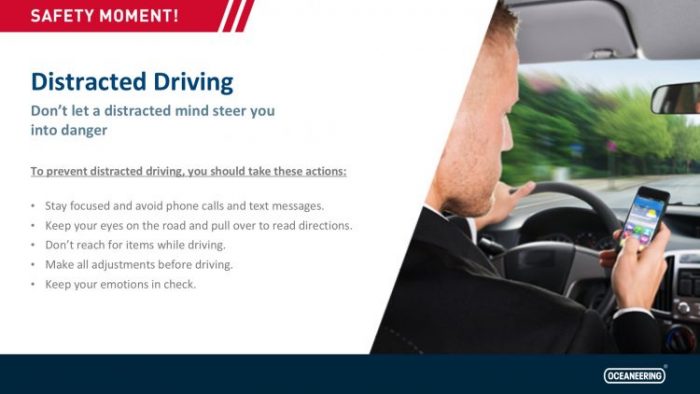An Overview of Parking Lots
When discussing parking lot safety rules that engineers must adhere to, we must first cover the basics of parking lot function.
Parking lots are busy and intense environments. Not only are there pedestrians and motorists present, but cars and trucks are also continually entering and exiting. Commercial trucks are also present for pick-ups and drop-offs.
Furthermore, there are many signs to instruct pedestrians when to cross, where to stop, where not to park (drivers), where not to turn, and more. All of these signals can be overwhelming and cause a stressful experience.
We all know how important safety is in a parking lot. With small children, elderly individuals, busy families, drivers in a rush, and store employees, parking lots must be adequately designed and strategized for optimal performance.
Engineers are responsible for creating and designing parking lots that maximize safety and reduce the risk of accidents. Engineers and architects create pathways and roadways. Because vehicles and pedestrians are in close quarters, extra measures of precaution are taken to protect the public. It’s also becoming ever more difficult to find a safe truck parking spot in Houston and other major cities in the US, so that’s another thing to take into consideration when designing new parking lots.
There are several vital safety rules engineers are required to follow. The following 5 rules explain what is required of engineers during the process of parking lot construction.
1. : Vehicle Speeds
Engineers must create parking lots with appropriate vehicle speeds in accordance with local regulations. Most parking lots in the United States have a speed limit of 15mph. This is a safe speed that allows drivers to control their vehicles and make frequent stops for crossing pedestrians.
To make this feasible, a parking lot must accommodate low-speed driving. This includes the use of speed bumps and speed limits. The main goal when designing a parking lot is to ease traffic, help pedestrians cross safely, and maintain balance. Low vehicle speed is the foundation of safe parking lots.
2. Implement Traffic Features
When drivers encounter traffic signs and signals in a parking lot, they respond to them the same way they would on public roads. This allows engineers to use a variety of signs and signals that a driver will recognize.
For example, a sign that indicates “no left turns” will communicate to the driver that left turns to pose a safety risk and are prohibited at a particular intersection. This protects pedestrians and other drivers in the lot.
Engineers are able to map out how the parking lot will flow and promote safety. Furthermore, pedestrians will recognize familiar signage, such as the crosswalk sign. This will communicate when and where it is safe to cross.
3. Two-Way Aisles
According to verified statistics, parking lots are where 1 in 4 pedestrian accidents occur. This signals the need for active management of parking lot safety. Shopping centers are the biggest culprit for these types of accidents.
When two-way aisles are implemented, drivers are less likely to drive at high speeds, pedestrians have more time to react to vehicles, and the lot becomes more visible. It is also essential that spaces are placed at a 90 degree angle. Slanted parking is too narrow and hard to maneuver for both drivers and pedestrians.
4. Parking Row Raised Island
When a raised island is used at the end of a parking row, cars are less likely to park there illegally. This enhances both driver and pedestrian visibility.
Raised islands maintain safety in lots and should be used regularly in the construction process. Eliminating blind spots is essential in the prevention of accidents.
5. Proper Maintenance
Engineers must ensure a parking lot can accommodate regular maintenance such as road repairs and construction crews. These individuals must wear reflective clothing and protection gear to indicate their function.
The use of plastic jersey barriers is important for keeping the public away from construction sites. Plastic jersey barriers are easy to identify and help keep both workers and the public safe.
A parking lot should be well-designed to allow for traffic/ pedestrian flow, even with a construction crew present. Wide aisles and roadways are implemented to keep everyone in the parking lot safe.
Overall, the engineers’ goal is to design a functional, safe, and secure environment for everyone. Parking lots are much safer when proper strategies are applied, and strategic plans enforced.
